EULOGY FOR PROF. FRANCIS KOFI AMPENYIN ALLOTEY
BY ALBERT K. FIADJOE
EMERITUS PROFESSOR OF PUBLIC LAW &
FELLOW OF THE GHANA ACADEMY OF ARTS AND SCIENCES
DELIVERED AT THE FORECOURT OF THE STATE HOUSE ON FRIDAY FEBRUARY 23, 2018
 Francis Kofi Ampenyin Allotey – of the Royal Sempe Stool, Accra, of Saltpond, of Ghana, of Africa and the World.
Francis Kofi Ampenyin Allotey – of the Royal Sempe Stool, Accra, of Saltpond, of Ghana, of Africa and the World.
We are gathered in the Forecourt of the State House in God’s presence to honor God’s treasure and to send his faithful servant safely Home.
In Kofi Ampenyin Allotey, we have lost both a gentleman and a gentle man, a very decent one at that!
It has fallen to my lot to deliver this Eulogy to Kofi Ampenyin Allotey in a final farewell on behalf of a grateful nation and an admiring world.
THE EARLY YEARS
My association with Prof. Allotey began in 1973 when I served under him as a Chairman of the Ghana Atomic Energy Commission Board. We remained close friends from that time and discussed a multiplicity of issues till he passed on in November 2017.
Of course, a great deal will be said and written about his wondrous deeds and accomplishments because he was indeed a famous man. We all know now that though Kofi Allotey was born of ordinary circumstances, he lived an extraordinary and fascinating life as a father, academic and a renowned scholar.
From very humble beginnings, Prof Allotey defied all the odds and obstacles that came his way, and indeed there were many of those.
As we celebrate his life, we cannot but also reflect on the family environment from whence he came for, together he and his family symbolize so much about what makes this country of ours the wonderful gem that it is. Poor but proud, that family of humble circumstances strove hard and exhibited industry of a very high pedigree.
Francis Allotey was born on the 9th of August, 1932 to Alice, a dressmaker of Saltpond and the farseeing Papa Joseph Allotey, originally from Accra, a trader and a general merchant who sold books, musical instruments and fishing gear for a living.
With that exceptional combination of sheer industry and talent, it is not surprising that he and Mrs. Allotey bequeathed to this world a decent number of children – seven in all.
Professor Allotey was the second of the seven, four girls and three boys.
They came in this order –Martha, Francis, Elizabeth, Augustine, Agatha, Theresa and Michael. The only survivors are Agatha and Theresa both of who have traveled down from the US to be at the funeral of their brother.
A late entrant to school at the age of nine, Francis assisted his father in his store to sell his wares. Even at that tender age, Papa Allotey marveled at his son’s facility in computing the daily sales and submitting accurate daily accounts. Those were early signs of the young Allotey’s extraordinary mathematical genius.
By age 16, Francis persisted and was enrolled at the Ghana National College as the only student in Form 1 – a clear sign of tenacity and doggedness in the young Allotey.
Motivated by his ambition to gain the benefits of higher education, Francis Allotey courageously traveled alone to Liberia at the age of 19 to obtain a British Passport so that he could proceed to England. He succeeded at that too.
Back to Saltpond, he founded a co-educational secondary school which he named the Fanti Confederation Secondary Technical College, later re-named as the Fanti State Secondary Technical College.
Then onto England, Francis traveled, checking first into Borough Polytechnic before eventually ending up at the prestigious Imperial College of Science and Technology. Such was Francis Allotey’s brilliance at his subject that he was made to skip the Undergraduate degree course and was enrolled directly into the Masters degree program. This was how our African genius traveled through the corridors of higher education in Imperial College, without obtaining a first degree, a feat that I am told, has not been equaled since then in the history of that institution.
From there, take-off to Princeton University in the US was a natural and logical step for Francis. That was in 1962, after a two-year stint at the Department of Mathematics at the Kwame Nkrumah University of Science and Technology.
I am advised that Francis Allotey was the first African to study at the Mathematics Department of Princeton University, a tremendous feat accomplished at that time. It was while in Princeton studying Mathematical Physics for his Ph.D that Francis Allotey developed his universally acclaimed and world renowned Allotey Formalism theory. Through intrepid research and complicated mathematical calculations, Francis Allotey was able to prove that electrons jump into nucleus only after the nucleus has had an effect called “resonance scattering” on it.
Prof. Allotey’s first wife, Eudoris Enid of blessed memory of the parish of St. Lucy in Barbados bore him two children – Francis Jnr and Joseph. Sadly, she passed on in 1981.
He re-married in 1988 to Asie, my own classmate from the Law Faculty in Legon.
Prof Allotey embraced Asie’s two children warmly as his own. They are Cilinnie and Kay. Regrettably, Asie too passed on in 2011.
The records would show that Prof Allotey did not have the courage to make a third attempt at matrimony though the science of mathematics would seem to suggest that luck attends every third attempt at something good!
RECOGNITION FOR EXCELLENCE
Prof Allotey has been recognized for excellence across many fields and his numerous accomplishments are garnished with several firsts –
A pioneer in Computer Science education at the KNUST, first Ghanaian Full Professor in Mathematics at the KNUST, Chairman of the Ghana Atomic Energy Commission on seven different occasions, a member of the UN Secretary General’s Group of 12 Experts to advise on nuclear weapons, a member of the Scientific Council of the world renowned International Centre for Theoretical Physics in Trieste, Italy, and Founder of AIMS in Ghana, among other brilliant accomplishments.
In short, Prof Allotey’s singular and sterling achievements are indeed written in gold all over the scientific world and in other areas as well. Prof Allotey both symbolized and nurtured the maturing of science, especially mathematics in Ghana. Through his enterprise and hard work, he transformed the scientific landscape of Ghana, Africa and the world for the better. His singular role in the development and promotion of mathematical sciences in Africa is exemplified in the establishment of the African Institute of Mathematical Sciences (AIMS) (with that imposing and magnificent mountain-top edifice in Biriwa, near Salptond)
His legacy to Ghana and the world through his fine mathematical mind is monumental and our individual and collective debt to him is unusually large.
In short, Prof. Allotey was the quintessential scholar who won the admiration of all. He lived and practiced his profession in several countries and in multiple jurisdictions across the world.
He was tried and tested in all, yet he traversed every jurisdiction with flying colors.
We thank God for making it possible for us to benefit so richly from the decency of his life and the scholarship of his mind.
ALLOTEY’S PHILOSOPHY OF LIFE
There were other sides to Francis Allotey beyond Mathematics and Physics.
So, let me say a word about Prof Allotey as a decent human being and a perfect gentleman.
In a world of unstable values, Prof. Allotey maintained a shining example of simplicity and modesty.
He never lost touch with the common man.
He had a sense of fair play, honesty and sympathy for the underdog, not equaled by many in public or private life.
On a very personal note, Prof Allotey never allowed his supreme knowledge of his subject discipline nor the fact that he was far senior to me to stand between us. Such was the humility of the man!
He was an exemplar. Big hearted and extremely generous, Kofi Allotey cared for and looked after many without counting the cost. As at the time of his passing, Prof Allotey had under his care and protection not less than 10 individuals that he looked after and singlehandedly supported fully. In the area of rural development, Prof Allotey assisted in the establishment of two elementary schools in Edumanfa and Owomasi in addition to funding a library in Saltpond. So long before “one district one factory”, Prof Allotey had his version of an appropriate slogan “One district, two elementary schools and one library!”
FINAL FAREWELL
God’s beautiful treasure has been returned to Heaven.
So as we proceed to the final farewell, we can say proudly to Prof Allotey -Your life’s work has been accomplished to perfection with aplomb and excellence.
Soft spoken, easy going, never in a fight, seldom appearing to be vexed about anything, generous, and extremely kind –
Warm-hearted, humorous, charming and passionate, Prof Allotey was a giant of this land.
So that no one may accuse me of plagiarism, let me be quick to borrow an apt phrase from President Akufo Addo’s State of the Nation address delivered on the 8th of February, 2018: Prof Allotey was indeed “a national asset”.
What a stupendous life Prof Allotey led!
I am the richer for having known Kofi Ampenyin and worked with him as a colleague and friend.
We thank God for letting Kofi Ampenyin cross our paths. We thank
Him for this blessing on the African continent and the world at large
Within the constraints of human weakness, he gave of his best and in this last fond farewell we now thank God for giving us the opportunity to share in the life and times of Prof Allotey.
He is survived by his children, two boys and two girls – Francis Jnr, Joseph, Cilinnie and Kay, his two surviving sisters Mrs Agatha Narh, Mad. Theresa Allotey and twenty grandchildren.
Our deepest condolences go out to all of them and to the Allotey family of Saltpond and Accra.
Professor of Mathematics, Eminent Scholar, Nuclear and Mathematical Physicist, Fellow of the Ghana Academy of Arts and Sciences and numerous other Academies and Learned Societies.
May You Rest in Peace and Rise in Glory.
Opanyin Kofi Ampenyin, Exquisite Genius,
May God’s Grace lead you home.
The Heavenly Angels await your arrival.
Damirifa Due!!!
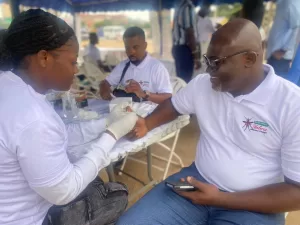

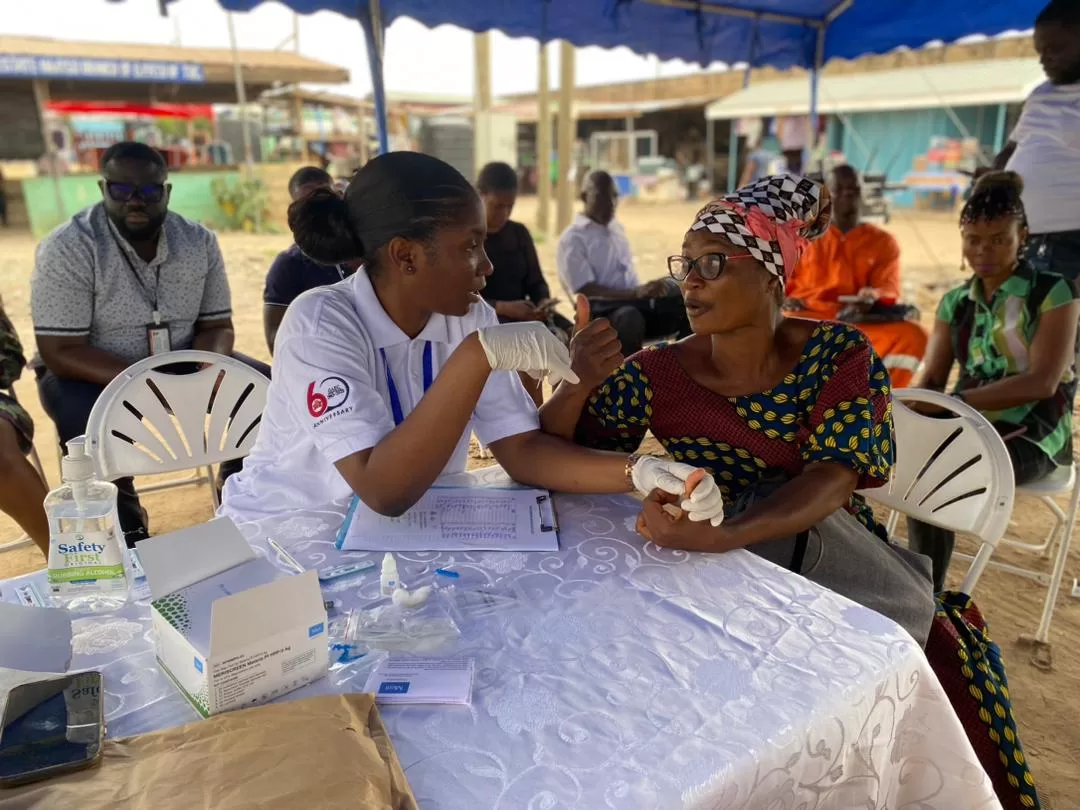
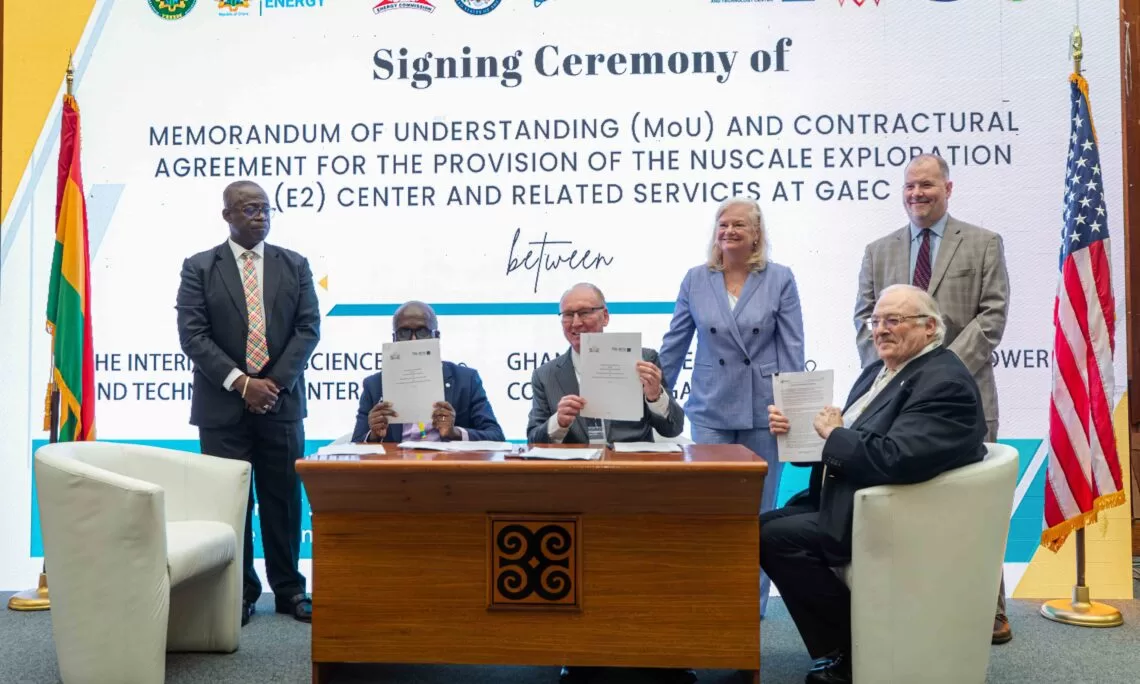
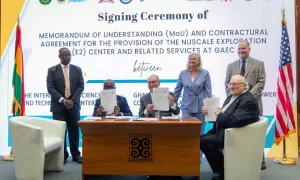
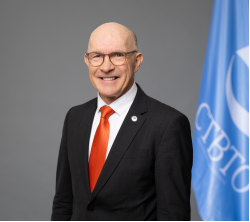
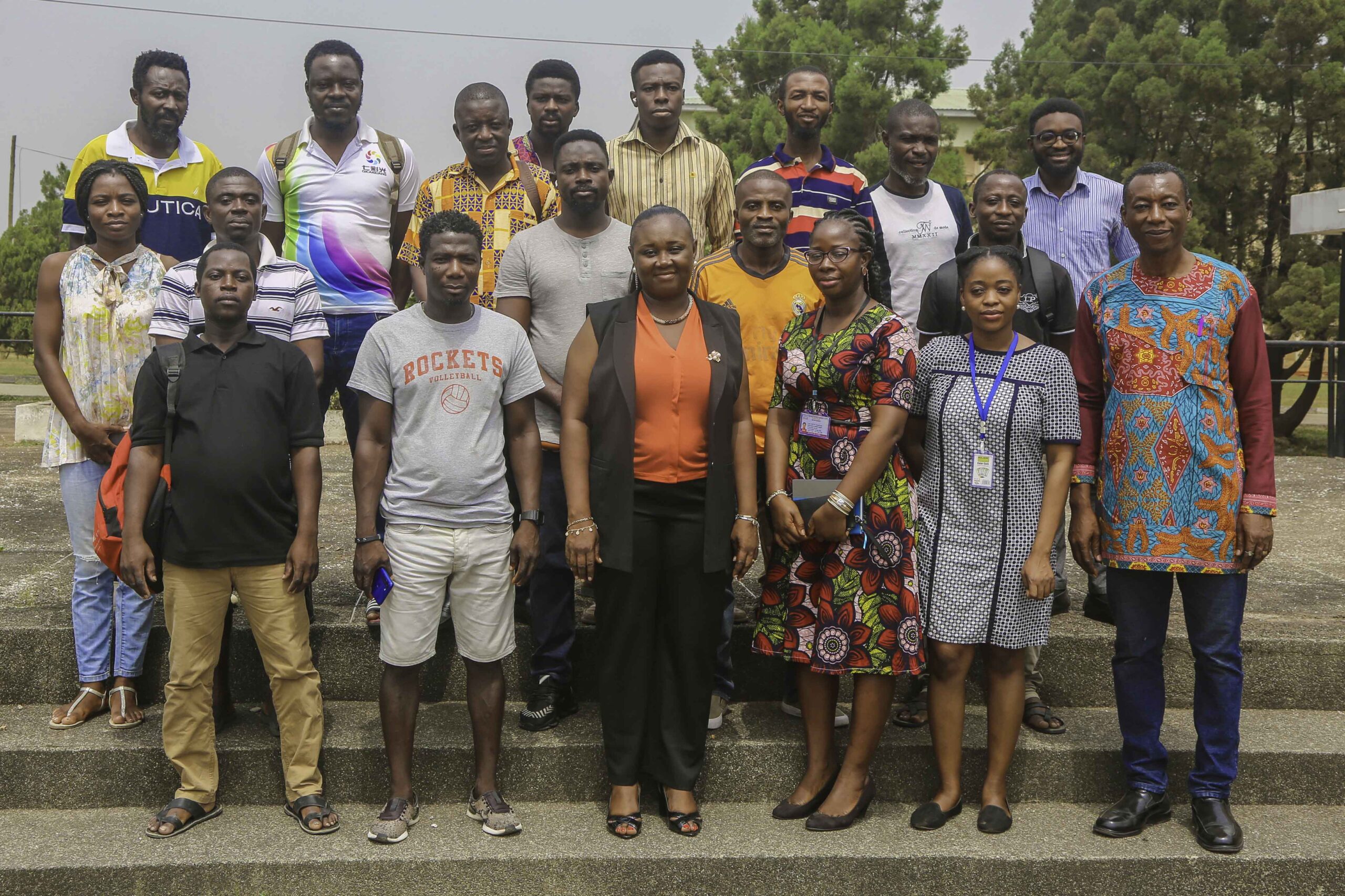
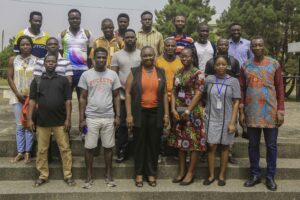
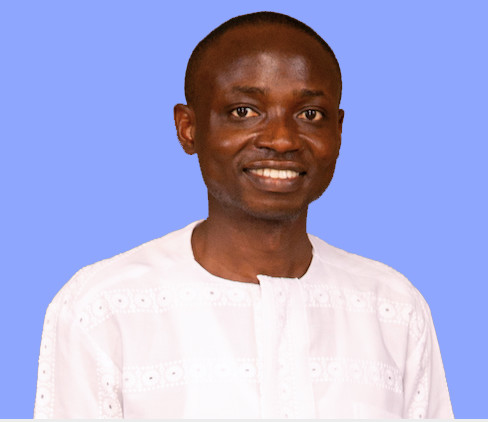
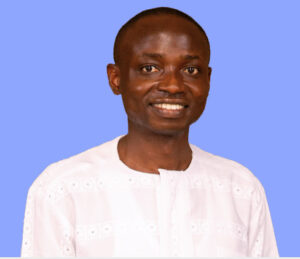
 The Director-General (DG) of the Ghana Atomic Energy Commission (GAEC), Prof. Benjamin J.B. Nyarko has urged staff of the Commission and the GAEC Community to get vaccinated against COVID-19.
The Director-General (DG) of the Ghana Atomic Energy Commission (GAEC), Prof. Benjamin J.B. Nyarko has urged staff of the Commission and the GAEC Community to get vaccinated against COVID-19. “Polio, measles, and smallpox, among others, are some of the diseases we have been vaccinated against, and so, the process is no different from COVID-19 vaccination”, he added.
“Polio, measles, and smallpox, among others, are some of the diseases we have been vaccinated against, and so, the process is no different from COVID-19 vaccination”, he added.
 Francis Kofi Ampenyin Allotey – of the Royal Sempe Stool, Accra, of Saltpond, of Ghana, of Africa and the World.
Francis Kofi Ampenyin Allotey – of the Royal Sempe Stool, Accra, of Saltpond, of Ghana, of Africa and the World.